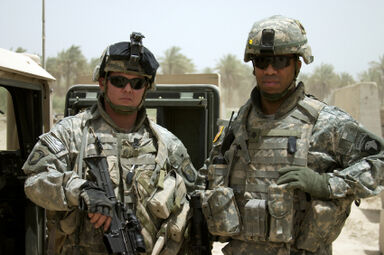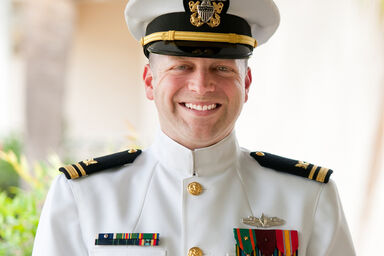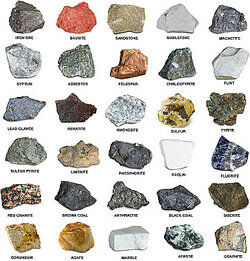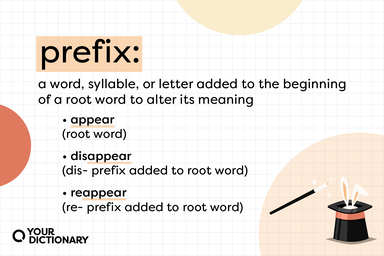Mines, torpedoes and submarines were all employed, and with the "Monitor" may fairly be said to have begun the application of mechanical science to the uses of naval war.
The shipbuilding yards developed greatly and war vessels of all types, including dreadnoughts and submarines, were constructed during the war.
Twelve other vessels, including 2 submarines, were under construction.
A public park extending from the James to the heart of the city, a deep, spacious and well-protected harbour, a large shipbuilding yard with three immense dry docks, and two large grain elevators of 2,000,000 bushels capacity, are among the most prominent features; at the shipbuilding yard various United States battleships, including the "Kearsarge," "Kentucky," "Illinois," "Missouri," "Louisiana," "Minnesota," "Virginia" and "West Virginia," were constructed, as well as cruisers, gun-boats, merchant vessels, ferry-boats and submarines.
Able to remain submerged for months at a time, conventionally armed nuclear powered attack submarines can cover a vast distance unseen and unheard.





